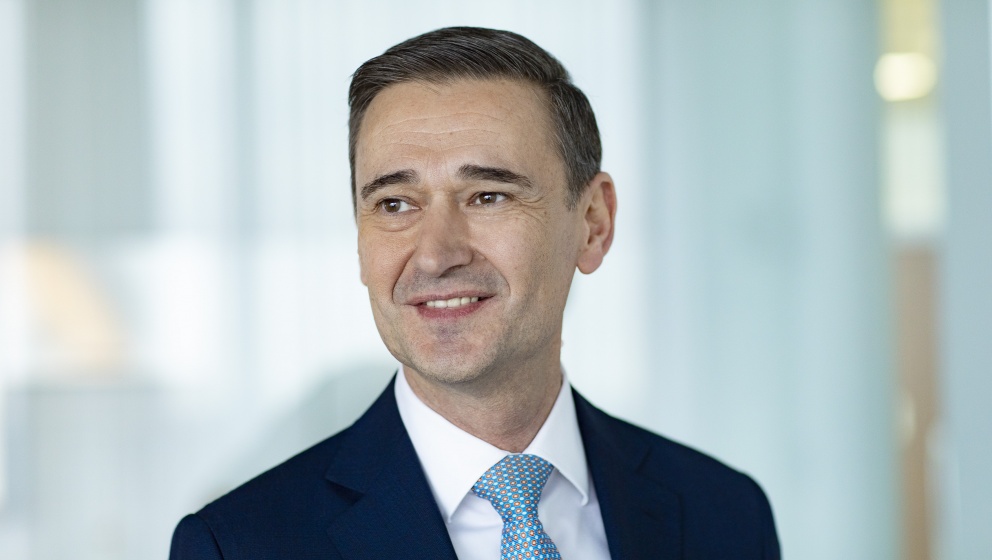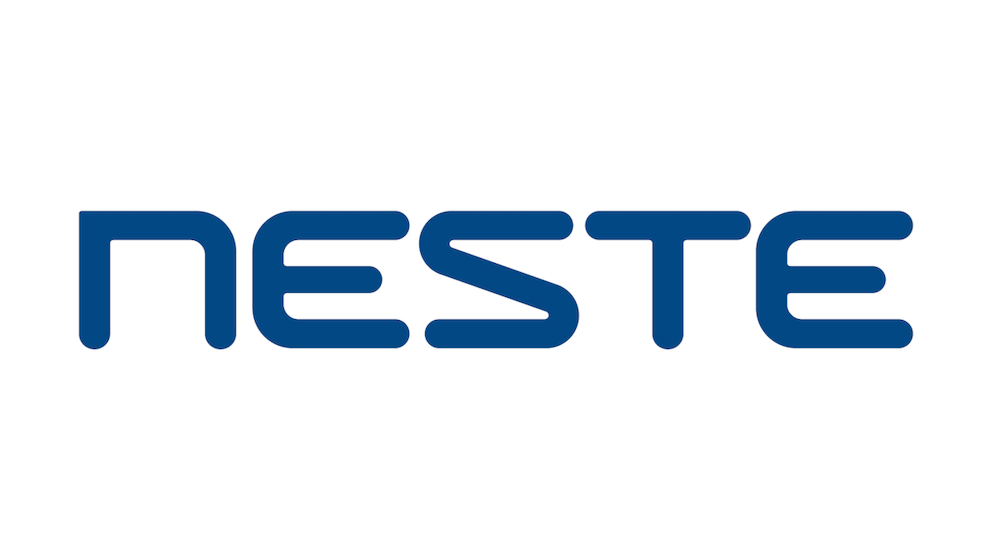CEO Talks: good performance despite the market turbulence in Q2/2020
Neste’s President and CEO Peter Vanacker answers questions about the company’s second quarter 2020 and strategy amidst the Covid-19 pandemic.
How would you describe Neste’s financial performance in Q2/2020?
“As we all know, this quarter was unprecedentedly difficult globally – none of us have ever been in a situation like this before. But it was through hard work and dedication, that our team was able to maneuver through that period of time. For this I am extremely proud. My thanks go to everyone at Neste for keeping their eyes on the market, production, safety, operational excellence and working together.”
“Despite the difficulties, our comparable operating profit totaled EUR 255 million. The renewable products business has proven to be very resilient: our sales volumes were record high and the demand for renewable diesel has been good in Europe and North America, where we have been able to reach new markets and customer segments. This gives us more optionality.”
“Oil Products suffered from an unprecedentedly weak refining market caused by the global COVID-19 related demand destruction. The reference margin, which reflects the general market conditions, was impacted by an exceptionally weak product market and unfavorable Urals-Brent differential.”
What kind of an effect has the Covid-19 pandemic had on Neste’s production?
“We take the risks related to COVID-19 very seriously. Our primary objective is to ensure the health and safety of our people, customers, contractors and other external partners. At the same time, we want to make sure our customers can get the services and products they need.”
“We have been able to increase our renewable products production capacity at our existing sites through our Neste Excellence program: our nameplate production capacity for Renewable Products has been increased to 3.2 million tons per year, compared to 2.7 million tonnes at the end of 2018. This half a million tons has been achieved through optimizing production, and I am confident that we can do even more. Our target is to increase our production capacity to 4.5 million tons by the first quarter of 2023, when our Singapore expansion is completed. Our further renewables capacity expansion plans are in a pre-study phase and progress as planned.”
“That said, the Singapore renewable production capacity expansion is proceeding, but the progress in the second quarter was negatively impacted by the lockdown measures of the local government. Restrictions related to the execution of works during the COVID-19 pandemic is impacting productivity and manpower availability. Without taking possible new waves of infections into consideration, the estimated start-up of the plant is moved from the middle of 2022 to the first quarter of 2023. We were also forced to postpone the scheduled Porvoo refinery major turnaround to 2021 due to the COVID-19 restrictions in Finland. Only critical unit maintenance was performed during the second quarter.”
How about Neste’s strategy?
“Despite low visibility and market turbulence, we continue to focus on our strategy execution and ambition to become a global leader in renewable and circular solutions. This includes our capacity expansion for renewable products, but also possible mergers and acquisitions. During Q2 we completed the acquisitions of Mahoney Environmental in the US and Count Terminal in the Netherlands, which are important building blocks in developing our Renewables Platform. In Renewable Aviation and Renewable Polymers and Chemicals, the discussions with different customers are proceeding well, and we are agreeing on new contracts and partnerships. Hopefully we will soon be able to announce some further exciting news!”
In Q1 you talked about green recovery after the pandemic. Is this something still on your agenda?
“Yes – very much so. This pandemic knows no borders, just like climate change. The implementation of our growth strategy is a good match to the green recovery actions the world now requires. Investments in climate-resilient infrastructure, green innovation and generally the transition to low-emission future can drive short term job creation and economic recovery. By working together, we have a unique opportunity to build a sustainable and resilient economy and society.”

